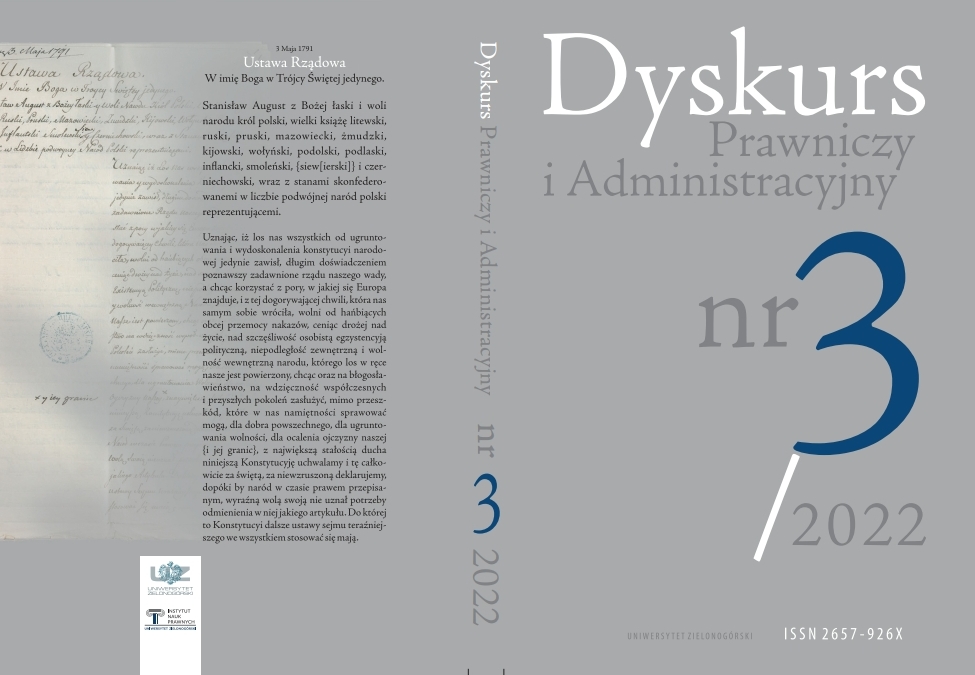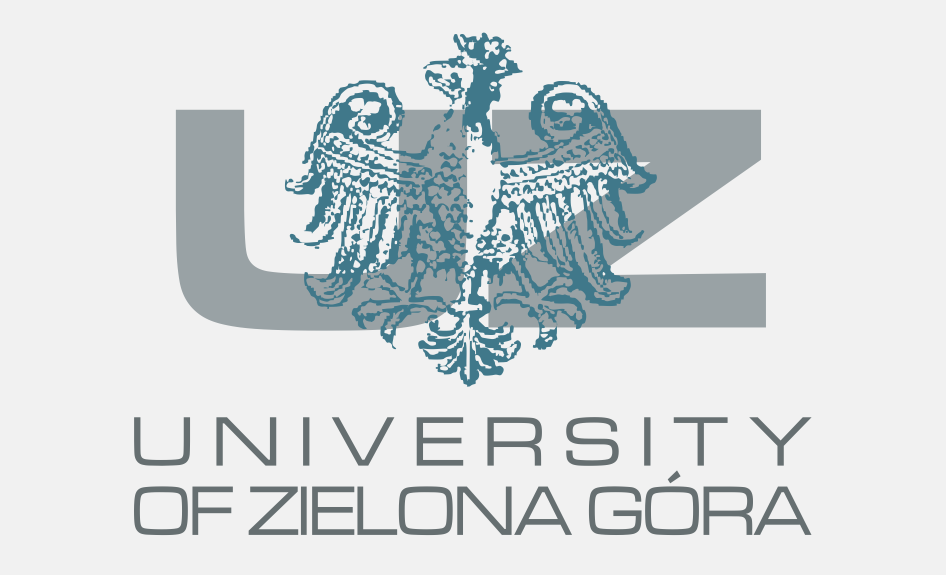Research and development tax incentive in the Czech Republic and Croatia
Keywords:
development, Czech Republik, Croatia, tax incentive, R&D, researchAbstract
Each Member State of the European Union decides on its indirect support for research
and development. For this reason, support differs very substantially among countries, not only in
terms of the level of support but above all in terms of the process for granting support, the areas
supported, the protection of know-how, and the legal certainty for taxpayers regarding R&D tax
incentives. This article aims to identify positive legal support elements for indirect R&D support in
Croatia and the Czech Republic based on the main criteria of their applicability in practice and decide
which country provides more attractive indirect R&D support for beneficiaries. These findings
may lead legislators to improve the legal regulation of indirect support for R&D in individual EU
Member States and help beneficiaries to decide where to conduct their R&D. The Czech Republic
and Croatia were chosen because they are comparably sized post-communist countries, but they have
very different approaches to indirect R&D support. The article provides the most important information
on the process of application of indirect support, their most important design elements, and
a comparison of legislation in these two countries. Finally, de lege ferenda proposals are suggested to
improve the current R&D tax incentives in the Czech Republic and Croatia.
References
Baldwin R.J., The Importance of Research and Development for Innovation in Small and Large Canadian Manufacturing Firms, “Statistics Canada Analytical Studies Paper” 1998, No. 107, https://papers.ssrn.com/sol3/papers.cfm?abstract_id=123588.
Busom I., Corchuelo B. and Martínez-Ros E., Tax incentives and direct support for R&D: What do firms use and why?, “Business Economic Series” 2011, https://www.researchgate.net/publication/254401518_Tax_incentives_and_direct_support_for_RD_what_do_firms_use_and_why.
Carvalho A., Why are tax incentives increasingly used to promote private R&D?, “Working Paper Portugal” 2011, https://www.researchgate.net/publication/241753926_Why_are_tax_incentives_increasingly_used_to_promote_private_RD.
Choi J., Do Government Incentives to Promote R&D Increase Private R&D Investment?, “The World Bank Research Observer”, https://academic.oup.com/wbro/article/37/2/204/6588035.
Council of the European Union, Croatia’s Act on State Aid for Research and Development Projects [HR013], https://data.consilium.europa.eu/doc/document/ST-9652-2019-ADD-6-REV-1/en/pdf&cd=1&hl=cs&ct=clnk&gl=cz&client=firefox-b-d.
Croatian Agency for SMEs. Innovation and Investments, State Aid for Research and Development [R&D] Projects, https://en.hamagbicro.hr/grants/innovation-process-support-programs/state-aid-for-research-and-development-rd-projects/.
European Parliament, EU research and development goals, https://www.europarl.europa.eu/doceo/document/E-8-2015-005756_EN.html.
Eurostat, R&D expenditure in the EU at 2.3% of GDP in 2020, https://ec.europa.eu/eurostat/web/products-eurostat-news/-/ddn-20211129-2.
Hu J., Lan Y., Empirical Study on the Relationship between R&D Expenditure and GDP in Guangdong Province, ICESEM 2018, https://www.atlantis-press.com/proceedings/icesem-18/25901125.
Janeček M., Mráček K., KA 7.2: Organizace podpory výzkumu, experimentálního vývoje a inovací–Rada pro výzkum, vývoj a inovace, poskytovatelé, způsob poskytování podpory, Technologická agentura ČR, 2016, https://www.tacr.cz/interni_projekty/zefektivneni/KA7.2/KA%207_O2%20Organizace%20podpory%20VaVaI%20-%20final.pdf.
KPMG, Global R&D Incentives Guide, https://home.kpmg/us/en/home/insights/2021/05/tnf-kpmg-report-overview-of-r-and-d-tax-incentives-by-country-2021.html.
Meo S. et. al. Impact of GDP, Spending on R&D, number of universities and scientific journals on research publications in pharmacological sciences in Middle East, European review for medical and pharmacological sciences, https://www.researchgate.net/figure/Correlation-coefficient-between-spending-on-R-D-as-percentage-of-GDP-and-total-number-of_fig2_258204614.
OECD, Frascati Manual, https://www.oecd.org/sti/inno/Frascati-Manual.htm.
Rydval T., Náklady na výzkum a vývoj jako položka odčitatelná od základu daně, Prague 2021.
Šimeček F., Výzkum a vývoj: Vybrané aspekty odčitatelné položky od základu daně v kontextu aktuální judikatury, https://www.dauc.cz/clanky/7586/vyzkum-a-vyvoj-vybrane-aspekty-odcitatelne-polozky-od-zakladu-dane-v-kontextu-aktualni-judikatury.
Tang D. et al., Government R&D spending, fiscal instruments and corporate technological innovation, “China Journal of Accounting Research” 2022, https://www.sciencedirect.com/science/article/pii/S1755309122000302?via%3Dihub.
The Act of 18 December 1992, Income Taxes Act [official gazette Sbírka zákonů, No. 586/1992, as amended].
The Act of 26 July 2018 – Act on state aid for research and development projects [official gazette Narodne novine, No. 64/2018, as amended].
The Judgement of the Supreme Administrative Court of the Czech Republic of 23 June 2022, 10 Afs 242/2020-40.
The Judgement of the Supreme Administrative Court of the Czech Republic of 25 October 2006, 8 Afs 3/2005-59.
The Judgement of the Supreme Administrative Court of the Czech Republic of 4 November 2020, 1 Afs 270/2020-26.
The Judgement of the Supreme Administrative Court of the Czech Republic of 28 June 2018, 5 Afs 209/2017-44.
Published
How to Cite
Issue
Section
Copyright (c) 2023 Pavel Hajek

This work is licensed under a Creative Commons Attribution-NonCommercial-NoDerivatives 4.0 International License.





